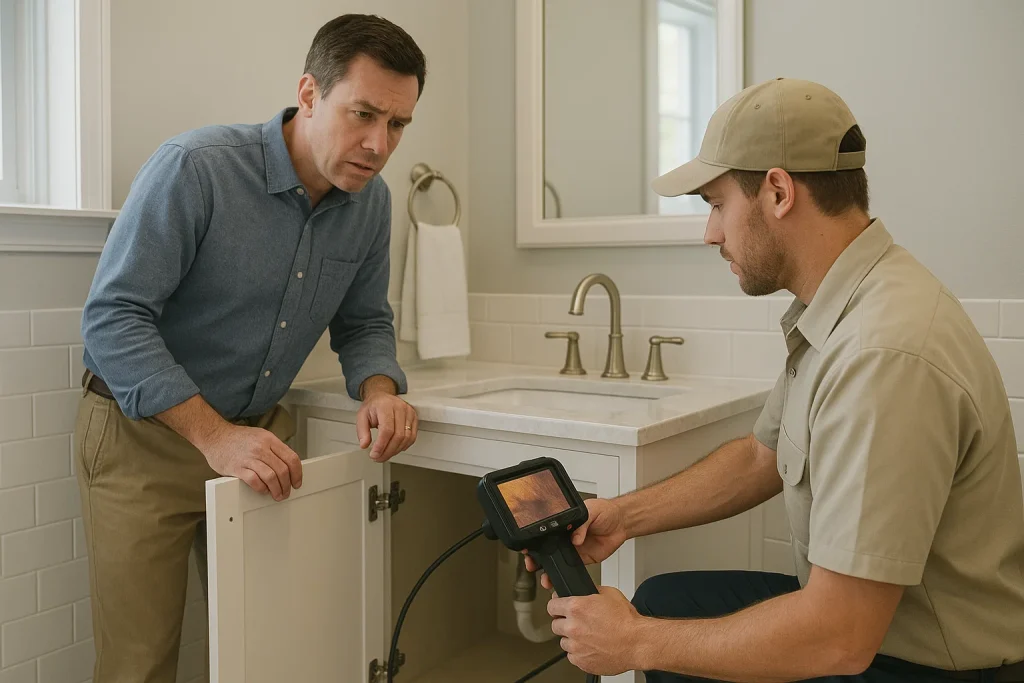If you’ve ever dealt with a slow or clogged drain, you might assume it’s just a minor nuisance—a bit of hair in the shower or food buildup in the kitchen sink. But what if that sluggish drainage is a symptom of a much bigger problem? Sometimes, persistent drainage issues are the first red flags of a failing sewer line or septic system. Understanding the signs can save you from expensive repairs and major headaches down the road.

Slow or Clogged Drains: A Symptom, Not the Source
One of the most common indicators of a sewer or septic problem is consistently slow drains throughout the home. While a single slow drain usually points to a localized issue (like a clog in that pipe), multiple slow drains can mean the blockage is deeper in the main sewer line or septic system. If you notice that water is backing up or taking a long time to drain in more than one fixture, such as the sink, tub, and toilet, it’s time to investigate further.
Gurgling sounds are another warning sign. When water has difficulty moving through the plumbing due to a blockage or failing septic field, it creates air pockets that can produce strange bubbling noises in the drains or toilet.
Foul Odors: Don’t Ignore That Smell
A well-functioning sewer or septic system should be airtight except for vent stacks. If you’re detecting persistent sewage odors inside or outside your home, it could indicate a cracked sewer line, a backup, or an overflowing septic tank. These smells are not just unpleasant—they can be a health hazard and a sign that wastewater isn’t being handled properly.
Frequent Backups and Toilet Trouble
Toilet backups, especially recurring ones, are a strong indication of a deeper issue. When waste can’t flow freely to the sewer or septic tank, it comes back up the path of least resistance. If plunging doesn’t resolve the issue or backups happen across multiple fixtures, there could be a clog or structural failure in the sewer line.
Also, if flushing the toilet causes water to bubble up in the bathtub or shower, that’s a classic sign of a sewer main problem. The pressure from the blockage is pushing water where it doesn’t belong.
Wet Spots or Lush Patches in the Yard
For homes with septic systems, unusual wet or overly green patches in the yard can signal a failing drain field. When wastewater is no longer being properly absorbed, it may seep to the surface, bringing with it unpleasant smells and health risks. In sewer-connected homes, a similar symptom might point to a leaking underground line.
What to Do If You Suspect a Problem
If you notice any combination of these symptoms, don’t ignore them. Call a licensed plumber or septic service to conduct an inspection. Video camera inspections and septic system testing can identify the source and severity of the problem before it escalates into a full-blown emergency.
Your plumbing system is like the circulatory system of your home—slow drains, strange smells, and water backups are not just annoyances; they’re symptoms worth listening to. Catching sewer or septic issues early can save you thousands in repair costs and protect your family’s health and comfort.
Contact Kennihan Plumbing & Heating, Inc. today to schedule an appointment with our professionals. We treat your home like it’s our grandma’s home.
